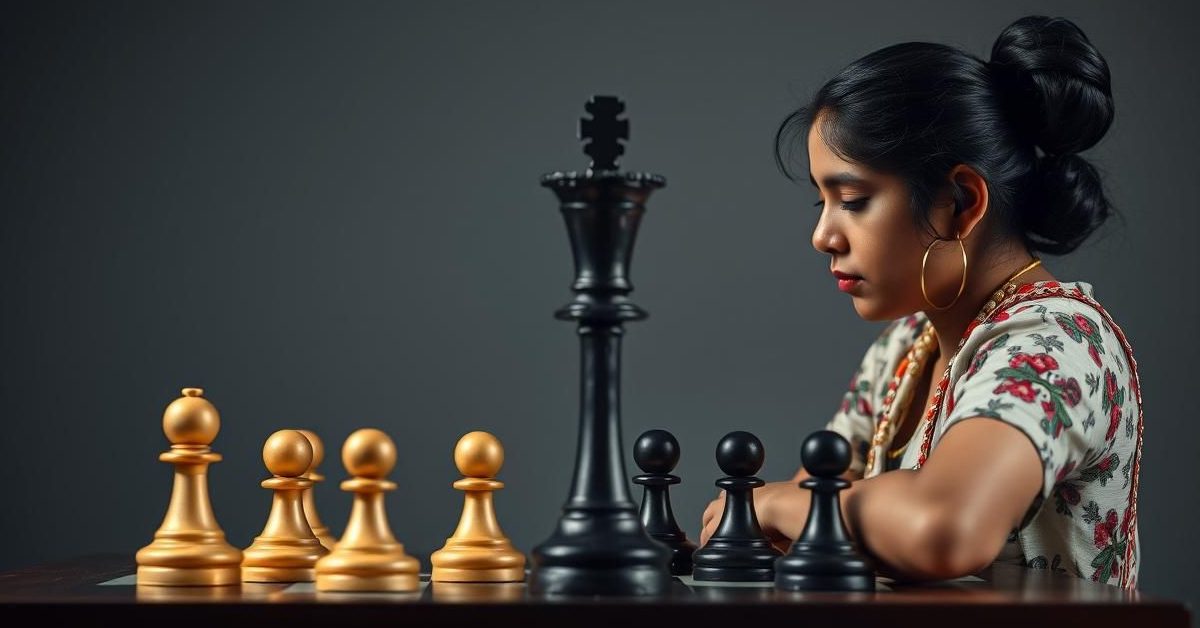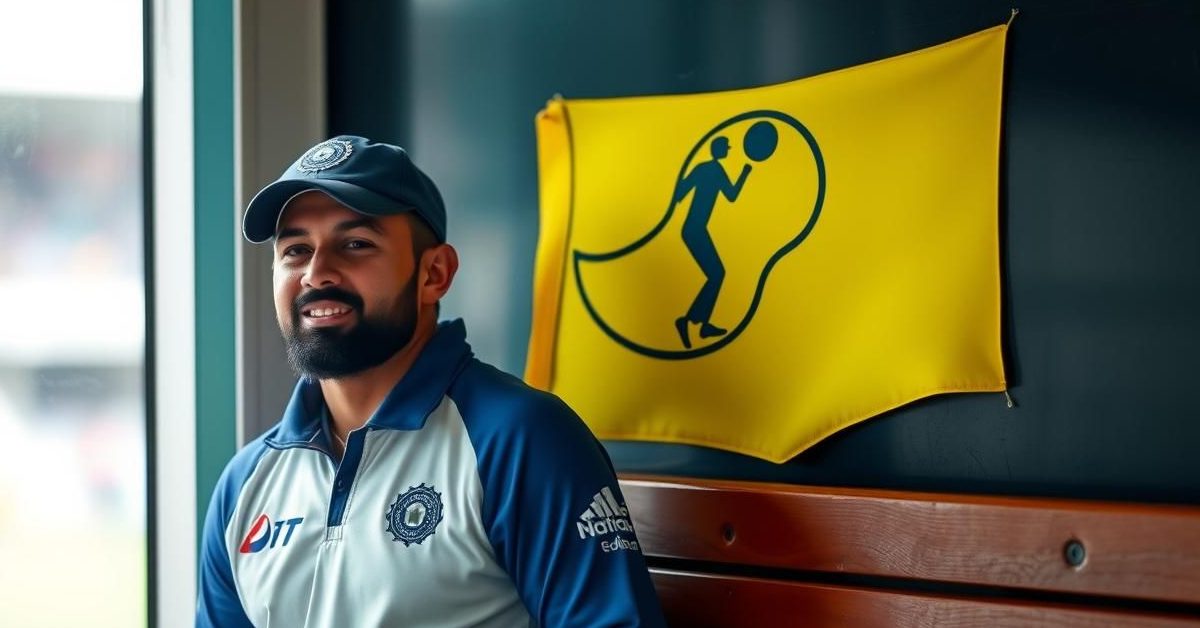The FIDE Women’s World Cup is set for a captivating final between two Indian chess stars, Koneru Humpy and Divya Deshmukh, a match that promises a fascinating battle of contrasting styles and generations.
A Generational Showdown
This final isn’t just a chess match; it’s a meeting of two distinct eras. On one side, we have Koneru Humpy, a seasoned veteran at 38, who has found new momentum in her career after becoming a mother. She’s a trailblazer, having been India’s first woman Grandmaster.
Facing her is Divya Deshmukh, a vibrant 19-year-old talent. Divya is on the cusp of becoming the fourth Indian woman GM, potentially achieving it without the usual three norms, showcasing her disruptive potential in the chess world.
Beyond their age, their personalities also differ. Divya is known for her endearing goofiness, even smiling for cameras before a big game. Humpy, meanwhile, always maintains a focused game face, embodying a different kind of intensity.
Contrasting Chess Philosophies
Over the board, Humpy and Divya represent opposing strategic approaches. Grandmaster Srinath Narayanan highlights that Humpy uses a smaller, highly refined set of openings, often repeating them throughout a tournament. She prepares them meticulously for specific events.
For example, in her semi-final against Lei Tingjie, Humpy consistently opened with the Queen’s Gambit when playing as White. This shows her selective and deep preparation rather than a vast, varied repertoire.
Divya, conversely, is believed to command a much broader array of opening strategies. This wider repertoire allows her more flexibility and unpredictability in her initial moves.
Humpy’s Game: Principles Over Memorization
GM Pravin Thipsay offers another perspective on Humpy’s play. He suggests she relies less on exact opening memorization and more on fundamental chess principles. Her originality means opponents can’t easily prepare against her based on famous games.
Srinath Narayanan describes Humpy as a prototypical classical chess player, known for her solid, positional style. Positional players focus on long-term strategy, building their advantage incrementally.
While she excels in classical formats, Humpy has also proven capable in faster time controls when necessary.
Divya’s Aggressive and Tactical Flair
Divya Deshmukh’s default style is aggressive and tactical. Tactical players look for immediate confrontations and opportunities to gain an advantage. Although she’s developed more versatility recently, her core remains dynamic and sharp.
The outcome of the match, according to Thipsay, will hinge on how successful Divya is in creating sharp, complex positions. The quieter, more positional the game, the better it might be for Humpy. Humpy’s superior accuracy in endgames could also play a crucial role.
An Inspirational Indian Finale
This all-Indian final at the FIDE Women’s World Cup is a source of immense inspiration for chess in India. It showcases an established icon like Humpy demonstrating enduring excellence, alongside a rising star like Divya representing the sport’s bright future.
As Srinath points out, having two different role models in the final can inspire a wider audience, particularly more girls, to take up chess. This event is a significant milestone, hopefully leading to more Indian women competing for the ultimate World Championship title.
- Koneru Humpy (38) is a veteran trailblazer, India’s first woman Grandmaster, known for her solid, positional play and deep, narrow opening preparation.
- Divya Deshmukh (19) is a rising talent, known for her aggressive, tactical style and a broader opening repertoire.
- Humpy relies on fundamental principles, making her unpredictable to prepare against.
- The match will likely be decided by who can dictate the game’s pace – Humpy preferring quiet, positional play, and Divya seeking sharp, tactical confrontations.
- This all-Indian final is seen as a major inspiration for growing women’s chess in India.













